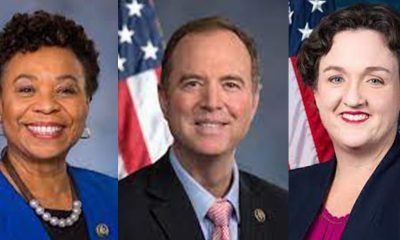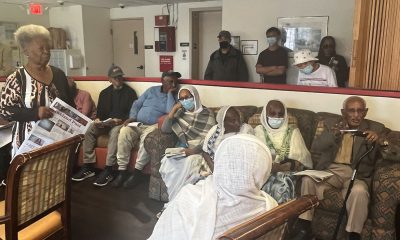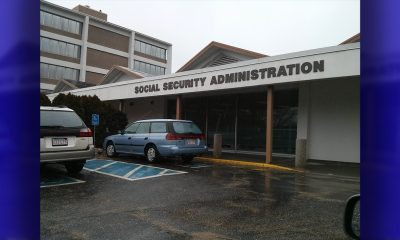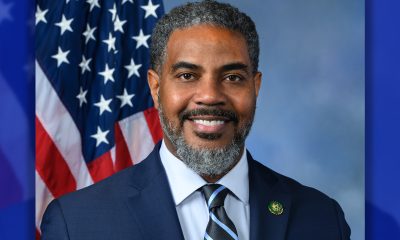Community
It’s Time to Review Your Medicare Coverage
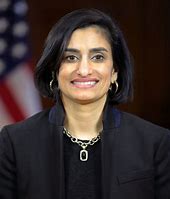
Medicare’s annual Open Enrollment season is underway, and I want to encourage all people with Medicare to review their current health and prescription drug coverage.
Medicare Advantage plan premiums have fallen to historic lows, dropping an average of 34% over the last three years. Many plans are offering a new insulin benefit that limits the maximum cost to $35 for a 30-day supply. By shopping around, you may be able to save money and find a plan that better meets your needs.
Open Enrollment runs through December 7 each year. This is the time when you can change your Medicare health or drug coverage for the following year. You can switch to Original Medicare, or join or change a Medicare Advantage plan or Part D prescription drug plan. Any new coverage you select takes effect Jan. 1, 2021.
Our updated Medicare Plan Finder (www.Medicare.gov/plan-compare) can help you compare the prices and benefits of Medicare Advantage plans, Original Medicare, Medicare drug plans, and Medigap policies. This mobile-friendly tool works on smart phones, tablets, and desktop computers.
Many Medicare drug plans and Medicare Advantage plans that include drug coverage are participating in a new insulin savings initiative.
There are important differences between Original Medicare and Medicare Advantage. Here’s a brief summary:
Original Medicare
With Original Medicare, you can go to any doctor or hospital that accepts Medicare, anywhere in the U.S. In most cases, you don’t need a referral to see a specialist.
For services covered under Medicare Part B, you usually pay 20% of the Medicare-approved amount after you meet your deductible. You also pay a monthly premium for Part B.
If you choose to join a Part D drug plan, you’ll pay an additional monthly premium.
There’s no yearly limit on what you pay out-of-pocket, unless you have supplemental coverage, such as Medicare Supplement Insurance, also known as Medigap. Medigap can help pay your remaining out-of-pocket costs (like your 20% coinsurance). Or you can use coverage from a former employer or union, or Medicaid.
Original Medicare covers most medically necessary services and supplies in hospitals, doctors’ offices, and other health care settings. It doesn’t cover some benefits, including vision and most dental care.
Medicare Advantage
Medicare Advantage Plans are offered by private insurers that provide your Medicare Part A and B benefits, in many cases through a managed network, similar to an HMO.
In many cases, you’ll need to use doctors and other providers in the plan’s network and service area to get the lowest out-of-pocket costs.
You may need to get a referral to see a specialist, even if the specialist is in your plan’s network.
Out-of-pocket costs for Medicare Advantage vary, and plans may have lower out-of-pocket costs for certain services.
You may have to pay a monthly plan premium in addition to your monthly Part B premium. Some plans may have a $0 premium or may help pay all or part of your Part B premiums.
Plans have a yearly limit on what you pay out-of-pocket for services covered under Medicare Part A and Part B. Once you reach your plan’s limit, you pay nothing for services covered by Part A and Part B for the rest of the year.
Plans must cover all medically necessary services that Original Medicare covers. Most plans offer extra benefits that Original Medicare doesn’t cover, such as some vision, hearing, dental, benefits, as well as adult day health services, caregiver support, in-home support, and home-based palliative care.
In some cases, you have to get a service or item approved ahead of time for the plan to cover it.
If you’d like free, personalized counseling on what Medicare options are right for you, call the nonprofit State Health Insurance and Assistance Program, or SHIP. To find the SHIP program in your state, go to https://www.shiptacenter.org.
Or call us at 1-800-MEDICARE (1-800-633-4227).
Seema Verma is the administrator for Centers for Medicare & Medicaid Services.
Community
Rajah Caruth: Young Trailblazer of NASCAR
Imagine you’re only 22 years old and already making a name for yourself in NASCAR, one of the most thrilling sports in the US. That is the life of Rajah Kirby Caruth, an American professional stock car racing driver.
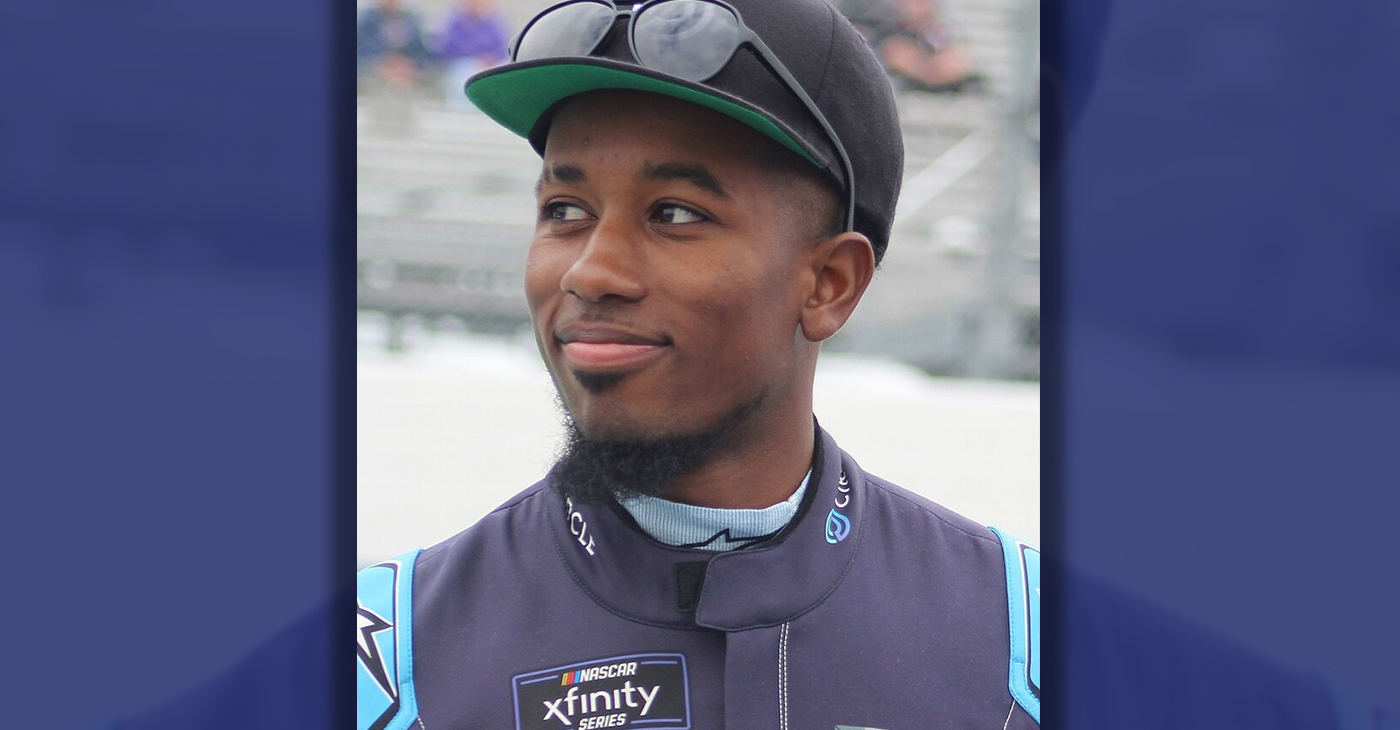
By Tamara Shiloh
Imagine you’re only 22 years old and already making a name for yourself in NASCAR, one of the most thrilling sports in the US. That is the life of Rajah Kirby Caruth, an American professional stock car racing driver.
Born June 11, 2002, in Washington, DC, he was drawn to the sport as a child after seeing the Disney Pixar film “Cars.”
Caruth dreamed of tooling around the track like the main character in “Cars,” Lightning McQueen. His enthusiasm grew when his parents surprised him with a trip to the NASCAR Cup Series race at Richmond Raceway when he was 12.
In 2018, while keeping busy with school, sports and a summer job, Caruth and his family held fundraisers so that he could buy an iRacing simulator. Then, at age 16, he traded a real driver’s license to race virtually in the eNASCAR Ignite Series, which led to him being recruited by the NASCAR Drive for Diversity Program.
His first big opportunity came in 2019 when he competed in a “Legends” car at Charlotte Motor Speedway in the Bojangles’ Southern Shootout and recorded two top-third in the semi-pro points.
People began to recognize Caruth’s talents. In 2020, he stepped up to the NASCAR Advance Auto Parts Weekly Series and became the first African American to win at Greenville-Pickens Speedway in a late model race. The next year, he won at Tri-County Motor Speedway and picked up his fourth overall late model victory.
Then, he became the first person of color to win at the South Carolina track.
In 2021, Caruth announced he would compete full-time in the ARCA Menards Series East for Rev Racing, where he finished third in the standings, including a series of top-five finishes. He made his NASCAR Xfinity Series debut on a bigger stage as well.
Then, in 2022, thing really took off. A new chapter found Caruth at NASCAR’s unofficial Triple A league with GMS Racing, where he drives full-time for the NASCAR Camping World Truck Series, with a sponsorship from The Wendell Scott Foundation. After a few setbacks, he broke into the top 10 several times, finishing at a career-high 6th at Darlington Raceway.
Fast-forward to 2024, and Caruth’s took the third major step in his career. He is now driving full-time in the NASCAR Craftsman Truck Series for Spire Motorsports and has been making the news for putting on stellar performances. Oh, and he won at Las Vegas: his first career victory.
From an impressionable young racing fan to a professional NASCAR driver, Caruth is charting a new path, creating history, and inspiring people to always remember that if you have the talent, the drive, and most of all, the heart, anything can be achieved.
City Government
Vallejo Continues to Accept Applications for Boards, Committees and Commissions
The City of Vallejo is requesting applications to serve on a number of the City’s boards and commissions. Vallejo residents who are interested in serving on an advisory body are invited to submit an application and supplemental questionnaire for consideration.
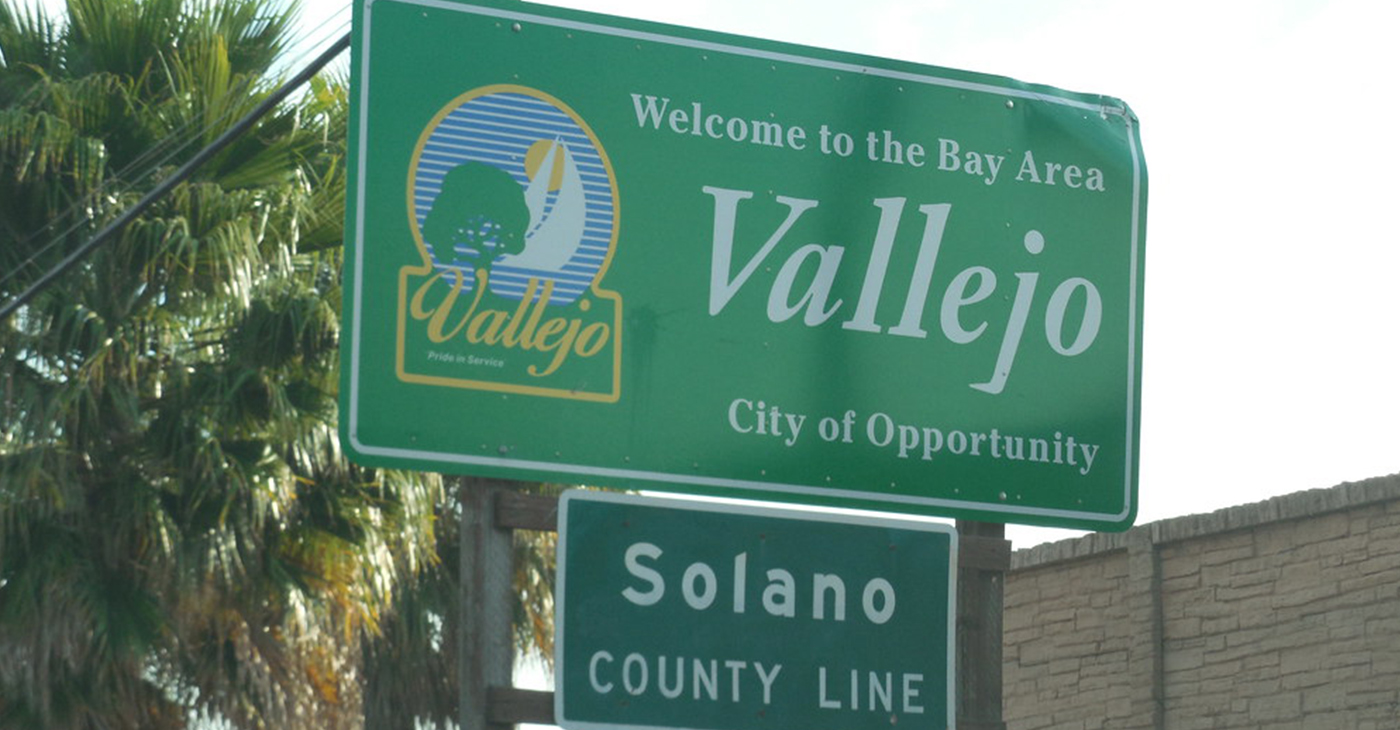
By City of Vallejo
The City of Vallejo is requesting applications to serve on a number of the City’s boards and commissions. Vallejo residents who are interested in serving on an advisory body are invited to submit an application and supplemental questionnaire for consideration.
There are currently openings on the following boards, commissions, and committees:
- Beautification Commission(2) terms expire 6/30/28
- Civil Service Commission(2) terms to expire 6/30/28
- Design Review Board(2) terms to expire 6/30/28
- Housing & Community Development Commission(1) term to expire 6/30/28
- Housing Authority(1) tenant commissioner term to expire 12/31/24
- McCune Collection Commission(3) terms to expire 6/30/28
- Participatory Budget Steering Committee(6 members & 3 alternates) terms expire 6/30/25
- Planning Commission(2) terms to expire 6/30/28
- Surveillance Advisory Board – Districts 1, 2, and 3 Members OnlyDistricts 1 & 3 terms to expire 1/2/25 and District 2 term to expire 1/5/27
- Sister City Commission(1) term to expire 6/30/27
- Solano Commission for Women & Girls(1) Vallejo representative can be youth or adult. Term to expire 4 years from date of appointment
For City Boards and Commissions, except for the Civil Service, McCune Collection, and Sister City Commissions, the Surveillance Advisory Board, and the Participatory Budgeting Steering Committee, all appointed members must complete and file a Statement of Economic Interests, Form 700, within 30 days of appointment.
All City Board and Commission members must complete AB 1234 Ethics training and file a Certificate of Completion within 30 days of appointment.
In most instances, to be eligible for appointment, applicants must be residents of the City of Vallejo. Information regarding the duties of each board and commission and specific criteria for appointment may be found within each application. With some exceptions, appointments are typically for a term of four years.
The application period will remain open until a sufficient number have been received in the City Clerk’s Office
Interviews with the City Council are tentatively scheduled for the evenings of June 3 and 10. Applicants must attend the interview to be considered for appointment on a board or commission.
Application forms and supplemental questionnaires are accessible in several ways:
- The City’s website, located on the Boards and Commissions page
- At City Hall, Office of the City Clerk, 555 Santa Clara Street, 3rd Floor, Vallejo, CA
- By Email at abrahamson@cityofvallejo.net, or by phone at (707) 648-4527
By U.S. Mail: City of Vallejo, C/O City Clerk, PO Box 3068, Vallejo, CA 94590
Community
ELITE Charter School Conducts Sit-In Protest at Vallejo City Hall After City Council Vote
ELITE Public School staff and students staged a sit-in at Vallejo City Hall on Wednesday afternoon to protest the City Council’s decision to vote against their Major Use Permit to expand into downtown. “We are deeply troubled by the turnover of the 6-1 vote, which we believe to be red-lining in 2024,” said Dr. Ramona Bishop, CEO of ELITE Public Schools.

By Magaly Muñoz
ELITE Public School staff and students staged a sit-in at Vallejo City Hall on Wednesday afternoon to protest the City Council’s decision to vote against their Major Use Permit to expand into downtown.
“We are deeply troubled by the turnover of the 6-1 vote, which we believe to be red-lining in 2024,” said Dr. Ramona Bishop, CEO of ELITE Public Schools. “We have followed all the requirements set forth for approval by the city and are dismayed by this sudden reversal of fortune. Our sit-in at City Hall is a testament to our unwavering commitment to justice and fairness.”
The sit-in was triggered after the Vallejo City Council members held a lengthy, special meeting on Tuesday evening to continue discussing the April 23 appeal that was made against the Planning Commission’s decision to grant ELITE a permit for expanding their charter high school into a retrofitted building in the heart of downtown.
During the deliberations, various options were presented to the Council for approving the project. These included a provisionary review period for the permit and imposing extensive conditions, such as limiting student enrollment.
The ELITE plan was to accommodate a maximum capacity of 400 students at their proposed school site, starting with an initial rollout capacity of 200 students in the first year.
Bishop rejected the suggestion by the City Council for a smaller charter capacity because the funding for the school was based on the projected number of students they would eventually seat.
During the meeting, council members complained about the lack of availability of economic impact reports that assessed the school’s potential impact on Vallejo’s downtown area.
Economic Development Director Michael Nimon sent a letter to the City Council, stating that while there was no official report, schools serve as economic generators to the surrounding areas of where they’re located.
“Schools also diversify uses and create pedestrian activity by bringing more people to downtown. Diversification of uses makes local economy more resilient by balancing residential, commercial, office, entertainment, and institutional uses,” Nimon’s letter said.
The letter also states that foot traffic is needed in an area of Vallejo that currently has minimal activity and the presence of the proposed school will likely not disturb any future developments.
Despite this, the council dismissed the letter as “merely an opinion” and not anything based on fact or concrete data.
Councilmember Peter Bregenzer, who remained silent throughout most of the seven-hour discussion, ultimately motioned for City staff to draft a resolution to approve the appeal and deny the project. The motion passed by a 4-3 vote.
About 50 students gathered on the second floor of the City Hall building where they chanted “Say it loud, say it clear, we don’t want no racists here” and “Where is the mayor? Bring him out, bring him out.”
The proposed high school has sparked intense debate, with many speculating that those opposed to the school are saying no to the expansion because the majority of the students are Black and Brown.
Retired Solano County Judge Paul Beeman and his wife, Donna, who filed the appeal against the school, have consistently denied that their opposition stems from racism or personal feelings toward anyone associated with the school.
In interviews with the Post, the Beemans seem to regard the proposed high school as a “nuisance” and an ill-advised choice for downtown development. They claim that it would be ineffective in economically revitalizing the community. However, they have provided no substantial evidence to support their opinions.
In contrast, ELITE has drawn parallels to redlining in relation to the community’s opposition to the proposed school location. Redlining refers to the discriminatory practice in which mortgage companies and other financial services systematically withhold loans and access to predominantly white neighborhoods from racial and ethnic minorities, particularly Black and African American communities.
“We’ve been fighting for this school for two years. We’re going to make our emergency, their emergency,” one student said in reference to Vallejo Mayor Robert McConnell’s previous comments about not rushing to make a decision on the school permit.
Within two hours of the start of the sit-in at City Hall, the City of Vallejo issued a statement that the building would be closed for the rest of the day because of the protest. The statement said that the loud noise from the protesters “hindered staff and visitors’ ability to conduct regular business.”
Although the mayor was not present at City Hall on Wednesday afternoon, interim City Manager Beverli Marshall addressed the ELITE group to answer several questions the students had. She explained the appeal process, how the different city officials played a role in the decision, and what the possible outcomes could be after the Council makes its final decision in a few weeks.
Students and staff were ultimately upset that they were being treated like criminals and that all their work over the last two years might be in vain since they believed that the Council had zero intention of ever granting them the permit in the first place.
The City Council is scheduled to meet for another special meeting on June 4 at 7 p.m. to continue discussing the future of ELITE Public Schools.
-

 Community2 weeks ago
Community2 weeks agoFinancial Assistance Bill for Descendants of Enslaved Persons to Help Them Purchase, Own, or Maintain a Home
-

 Activism4 weeks ago
Activism4 weeks agoOakland Post: Week of April 3 – 6, 2024
-

 Business3 weeks ago
Business3 weeks agoV.P. Kamala Harris: Americans With Criminal Records Will Soon Be Eligible for SBA Loans
-

 Activism3 weeks ago
Activism3 weeks agoOakland Post: Week of April 10 – 16, 2024
-

 Community3 weeks ago
Community3 weeks agoAG Bonta Says Oakland School Leaders Should Comply with State Laws to Avoid ‘Disparate Harm’ When Closing or Merging Schools
-

 Community2 weeks ago
Community2 weeks agoOakland WNBA Player to be Inducted Into Hall of Fame
-

 Community2 weeks ago
Community2 weeks agoRichmond Nonprofit Helps Ex-Felons Get Back on Their Feet
-

 Community2 weeks ago
Community2 weeks agoRPAL to Rename Technology Center for Retired Police Captain Arthur Lee Johnson



